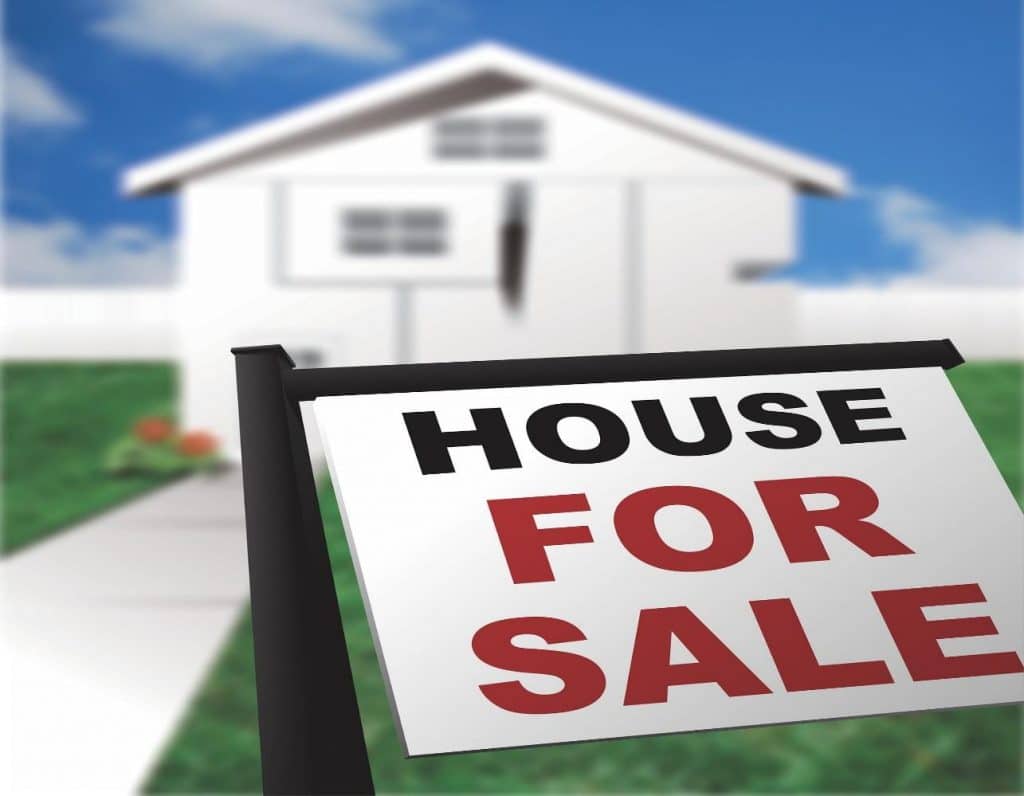Marketing and selling homes could be easy. But the buyer’s utmost consideration is setting the selling price. It is essential that you give the right price when selling your home.
Indeed, you don’t want to overprice the house because it will lose its appeal and freshness after its first two weeks of promotion. Pricing has different factors to consider, especially if the house is fully-loaded in its interiors. For example, the flooring designs from Dallas flooring warehouse will be an added value and bargaining agreement between the seller and buyer. Many buyers would love to factor the added-value of interiors because they prefer aesthetic importance.
The best practices of seasoned-sellers are; they do not worry if the house price is too low because it can ultimately receive multiple offers. At some point, competing buyers will offer higher rates. Hence, pricing is all about supply and demand.
Here are the necessary top components of the pricing process;
Pull-out the comparable Listings and Sales
Assess every similar home that is listed around your neighborhood over the last three months. Remember that appraisers do not use comparisons for older than three months. So make sure you always keep the updates.
Your list should limit only to homes within a 1/4 mile to a 1/2 mile radius unless there is only a handful of them in your vicinity.
Be aware of the dividing lines and physical barriers like significant streets, freeways, and railroads. Hence, identical houses that’s directly across you can even vary as much as $100,000 in some neighborhoods.
Compare similar sizes within a 10% variance
Age always matter. A home that is built in 1950 right next to a house built in 1980 will have two different value. Make sure that you compare an apple to an apple.
Moreover, never forget to assess the desirability. Of course, if you own a dream home, buyers will flood in to enter and compete to take out your house.
Check out the Sold houses
Compare the original list of prices to final sales of sold homes. Determine the ratio of difference. It is always typical for houses to sell for more than 100% of list price in a seller market. Typically, homes sell at the listed price than in the buyer’s price.
Get the Withdrawn and Expired Listings
Get the history of the expired and withdrawn listings to know whether any of the listed were taken off and relisted. Look at the patterns on why these houses didn’t make it to the deal. Note the factors that they can share. Learn the lessons and avoid your home from becoming one of the expired listings.
Pending Sales
The sale prices are unknown until the deal is closed. However, it doesn’t stop you from talking to the listing agents and ask them for the selling price of the property. Although some agents are generous enough while some are not.
Active Listings
Sellers can always say and ask whatever they want. However, it does not necessarily mean that sellers always get what they want. Take yourself a tour of these active listings and see what buyers can see when they visit. Take note of the likes and dislikes and the atmosphere upon entering the houses. When you get home, recreate the positive feelings of the reception of your home.
Market Dependent Pricing
After getting all the data, get to the table, and analyze the database on the market conditions. Make comparisons as possible. Look for the potential room for negotiation in a buyer’s market. But hold your stable ground to your last non- negotiable price. You may need your home at $300,000, but you can settle at $250,000.











